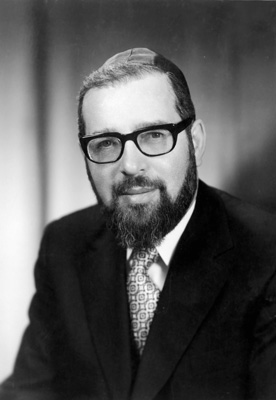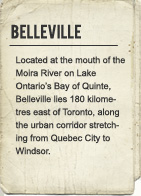Rabbis
Vova Vechter, though not a rabbi, was the community’s spiritual leader and first shochet in the early years before the First World War. He later moved to Cobalt and then Toronto. Rabbi Gerstel, a private teacher who lived on Station Street, was the spiritual leader of the community for fourteen years, starting in the early 1920s. He was the driving force behind the campaign to build the first shul, and was also the local shochet. He later moved to Montreal to start a kosher chicken shop. Rabbi Gerstel was followed by a long line of rabbis who served the Sons of Jacob Congregation for mostly two or three-year terms. Among the most prominent of these was Rabbi Gedaliah Felder (1921-1991) who lived in Belleville between 1943 and 1945, before rising to prominence in Toronto as one of the country’s leading rabbinical scholars. Other rabbis in Belleville in these early years included Rabbi Axelrod, Rabbi Kronick, Rabbi Abraham Babb (who moved to Peterborough) and Rabbi M. Kutziner (who moved to Niagara Falls).
Rabbi Moses Lewin was the attendant rabbi at the dedication ceremony in 1956 for the new synagogue on Victoria Avenue. He then moved to Glace Bay, Nova Scotia in 1957 and was replaced by Rabbi Manfred Levison, a Holocaust survivor, who moved to Belleville from Evanston, Illinois. By 1963, the modern Orthodox Rabbi Joseph Berglas was called to the pulpit as rabbi of the Sons of Jacob Congregation. Rabbi Berglas, born in Krakow, Poland, had also worked as rabbi in Kingston, Ontario and Australia. In hiring new rabbis, the congregation was somewhat divided between its Orthodox roots and the general desire to switch to a more modern Conservative service and teaching program. Other short-term appointments included Rabbi Morton Deutsch and Rabbi Boros (1914-1988), who was married in Belleville after receiving his rabbinical education from Yeshiva Merkaz Hatorah in Montreal. In later years, as the congregation grew smaller and could only afford limited appointments. They hired visiting rabbis, for whom life in a small town afforded a slower pace and more intimate view of Canadian life.










